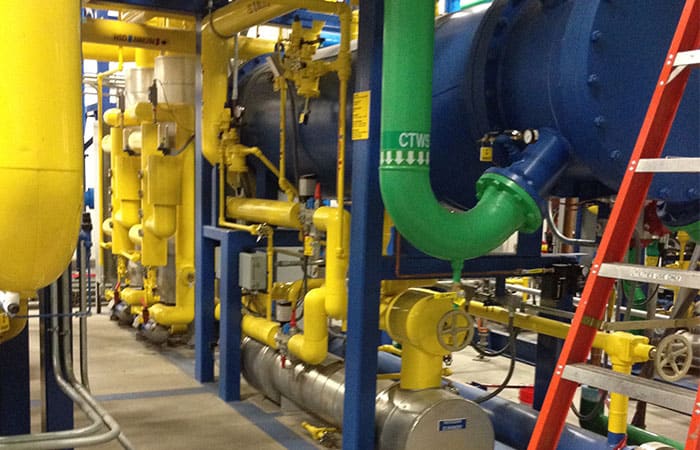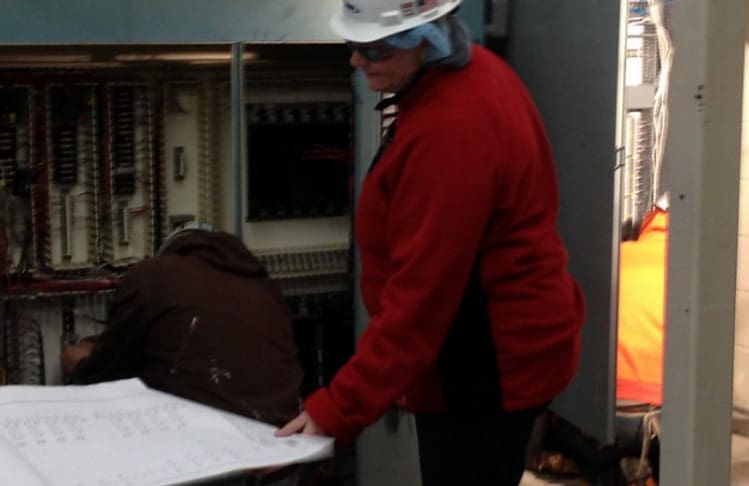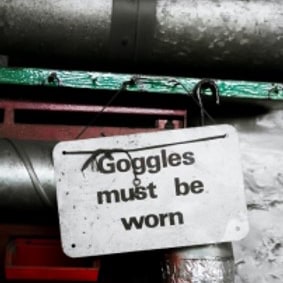Ammonia is a widely used industrial and agricultural chemical in the US, and its unsafe use can have serious consequences. It is widely used as a refrigerant in the food, beverage and pharmaceutical industries, it’s also a fertilizer. Exposure to 50 ppm of ammonia can result in symptoms such as severe irritation of the eyes, nose, throat, and lungs; shortness of breath; fatigue; dizziness.
Exposure to low concentration of ammonia can result in olfactory fatigue which makes it difficult for the workers to detect any leakage, prolonging the exposure. Process safety management services can help industries ensure that their use of ammonia is as safe and cost-effective as possible. Continue reading to learn more!
Hazards of Unsafe Ammonia Use
The odor of ammonia can be detected when the concentration is at 0.6 to 53 ppm. For prolonged exposure, the symptoms listed above can appear between three and eight hours after exposure has ceased. Nose and throat irritation usually occurs within 15 minutes; headache occurs within two hours. Exposure to 500 or 1000 ppm concentration for more than 5 minutes can cause severe burns to the skin and mucous membranes of the eye and face.
1500 ppm or above results in pulmonary edema or dyspnea. However, the symptoms occur after a few hours to a day. Symptoms of chronic exposure to high concentrations include numbness in the hands and feet, memory loss, decreased alertness and decreased mental ability.
Given that ammonia is a corrosive and compressed gas, it can also be a fire hazard under certain conditions. Its exposure is not only a threat to your employees but can also result in irreparable loss to your property and equipment. For this reason, it’s important to take all the necessary precautions when working with this chemical.
Safety Measures
Ensure that your facility maintains proper ventilation in the required areas, i.e machine rooms and other areas containing refrigeration equipment using ammonia. You should also be aware of the standard prohibiting open flames or sparking devices to be located in machine rooms. Lastly it is important to ensure ammonia refrigerant detection sensors are operational.
Process Safety Compliance Audit
Another way to prevent unsafe ammonia use in your facilities is by conducting regular audits of your process equipment to ensure that they are working properly and are in line with industry safety standards. If there are any damaged or faulty pieces of equipment that need to be repaired or replaced, this should be taken care of immediately to prevent further damage to your business’ assets and infrastructure.

At Ice Cold Consulting, we have talented auditors and professionals that can conduct a compliance audit, integrity mechanical, and process safety management audit. Whether your business is operating in the food, beverage, or pharmaceutical industry in the Pacific Northwest, we can help! Our auditors have years of experience in the field and can help your business prevent unsafe practices!
Dial (844) 265-3737 to contact our experts today!




